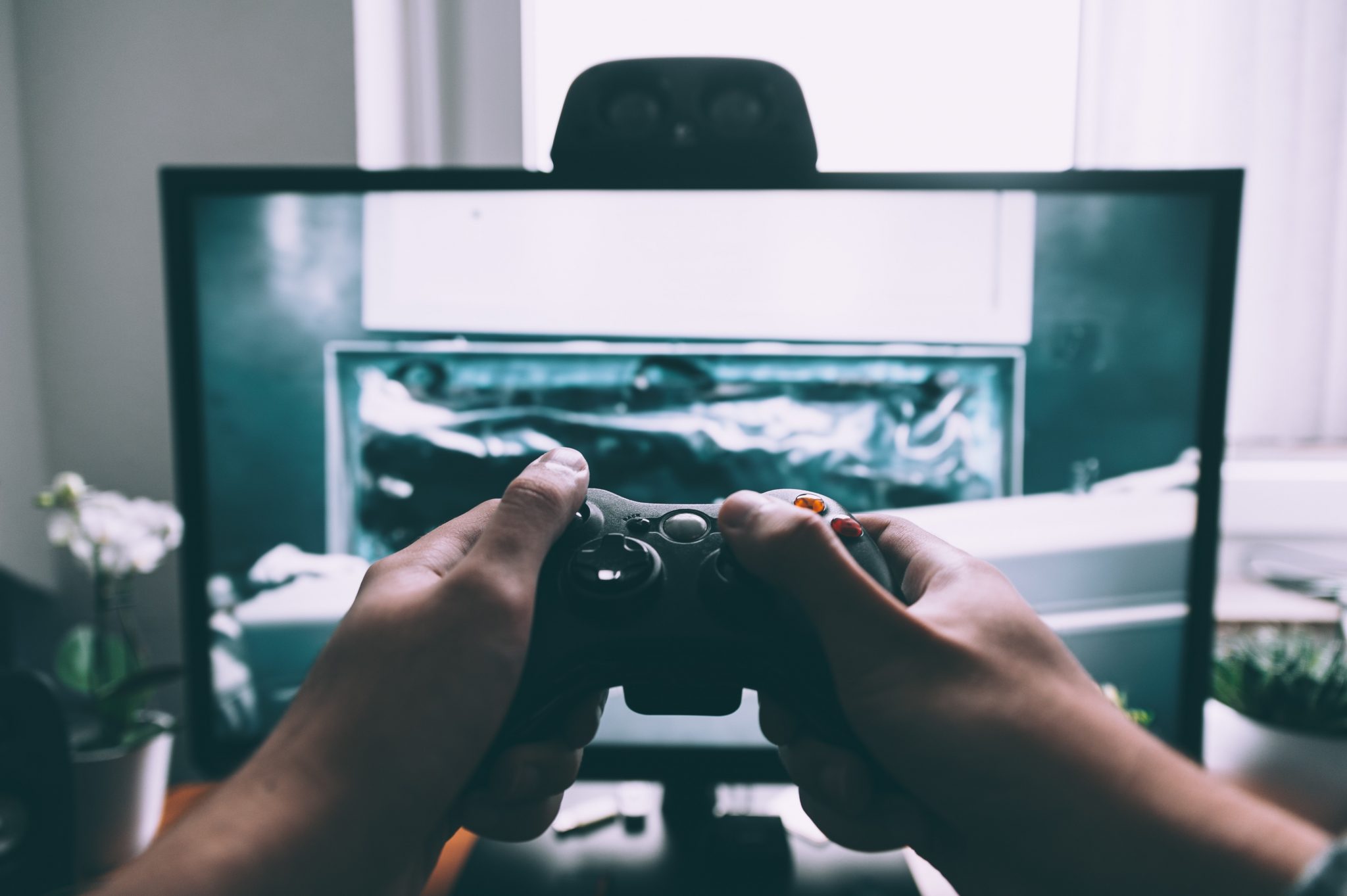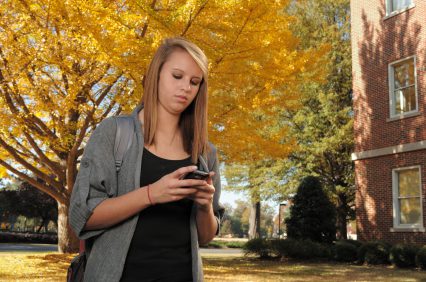Young Adults
The Challenges of First-Generation College Students

This post on first-generation students is one in a series on college student mental health.
International College Students: Challenges and Solutions

This post is one of a four-part series on college student mental health.
LGBTQ Students in College: Fostering Inclusion, Acceptance, and Safety

This post is one of a four-part series on college student mental health.
College Students of Color: Overcoming Racial Disparities and Discrimination

This post is one of a four-part series on college student mental health.
Support Kids and Teens Following the Riot In Our Nation’s Capitol

The images of chaos and violence in our nation’s Capitol that many children and teens have been seeing in the media have been disturbing and scary.
11 Consejos de Auto-Cuidado para Adolescentes y Adultos Jóvenes

Estrés.
Los adolescentes y adultos jóvenes ahora están más estresados, ansiosos, deprimidos y solos que nunca – al menos en los Estados Unidos. A primera vista, es difícil aceptar este hecho.
Desordenes del Juego

“Él está jugando juegos todo el tiempo. ¡Cada oportunidad que tenga! Desde el momento en que llega a casa hasta la hora de acostarse, está en su habitación con esa computadora. Y casi no pasa tiempo con la familia. ¿Es adicto? Estoy realmente preocupado.
When Young People Lose a Hero to a Tragic Death

Most of us, young and old, were stunned by the tragic death of Kobe Bryant along with his daughter. Whether you are a Laker’s fan or not, Kobe represented something more, including for young people.
Tom Brady said it this way in a Twitter statement:
“And in this tragedy, I have learned so much.
The Trauma Felt In Teen Breakups

Teen breakups. When you’re 17 years old, breaking up with someone really, really hurts.
Download our PDF on Teen Breakups.
Yes, that’s a cliché. So much so that almost every adult can think of a favorite popular culture reference to this particular kind of pain.
5 Ways To Avoid Becoming A Helicopter Parent As You Send Your Child Off To College

Emily, a college freshman, strolls from her dorm to her biology class and en route, she calls her mother so that she doesn’t appear aimless and lonely as she passes by her peers. She barely notices that almost all them are also on their cell phones.




